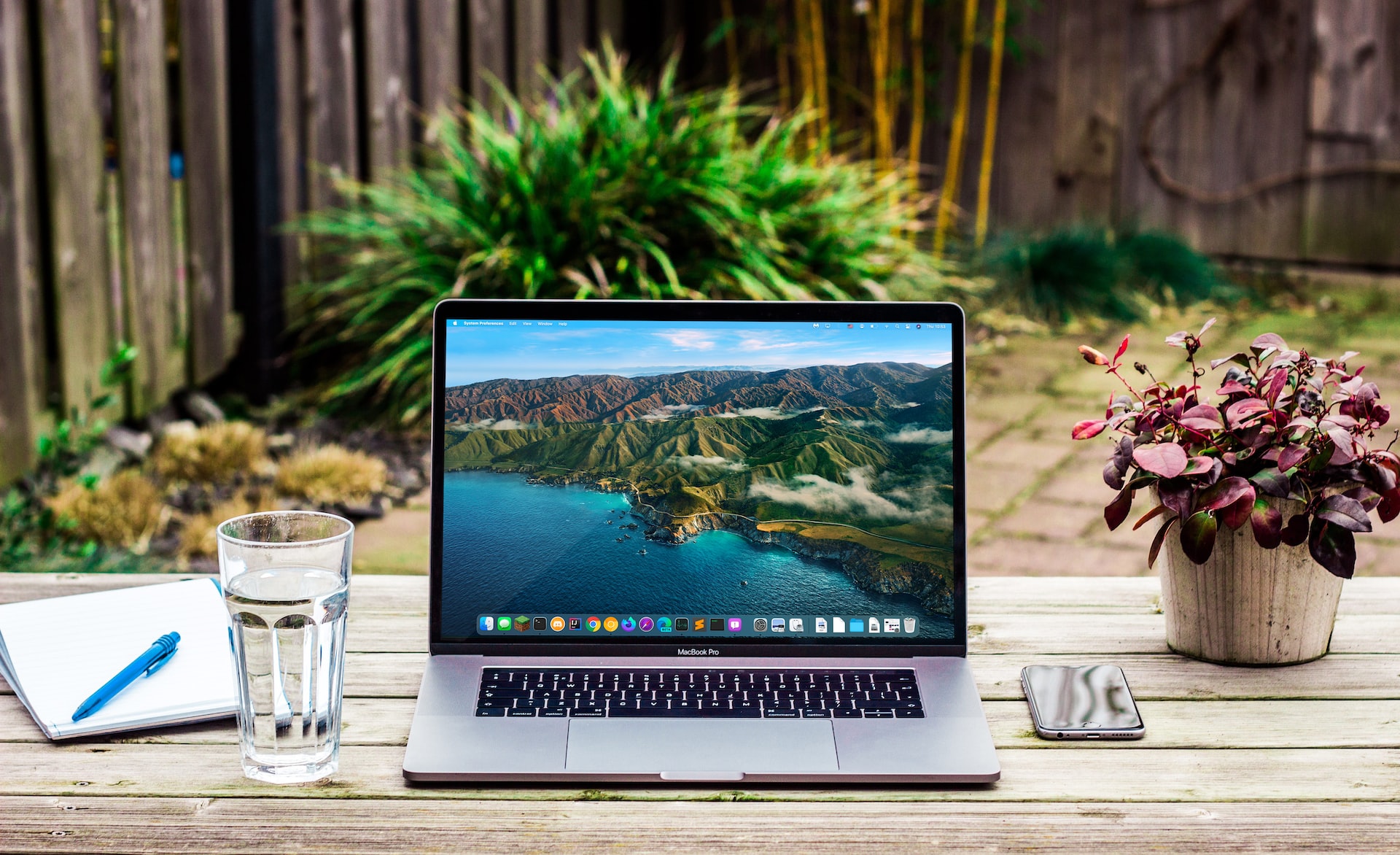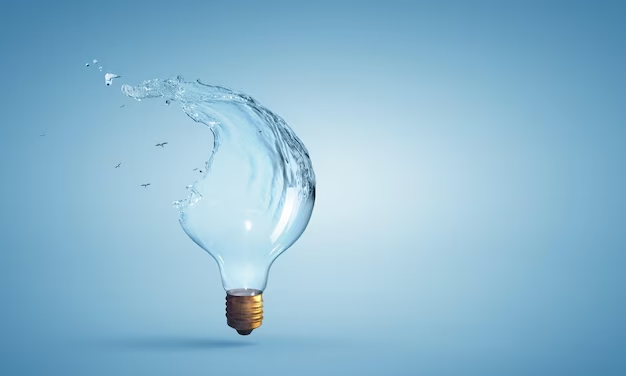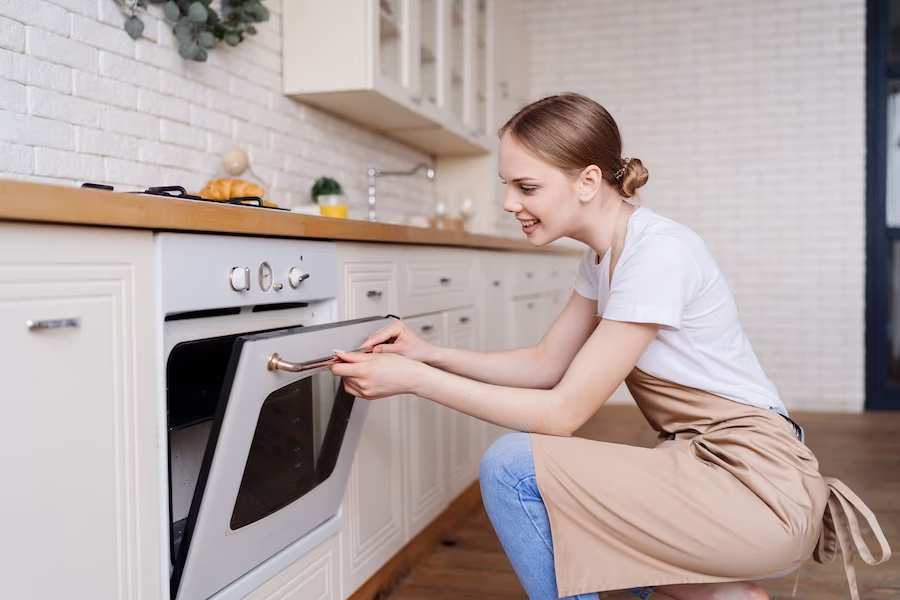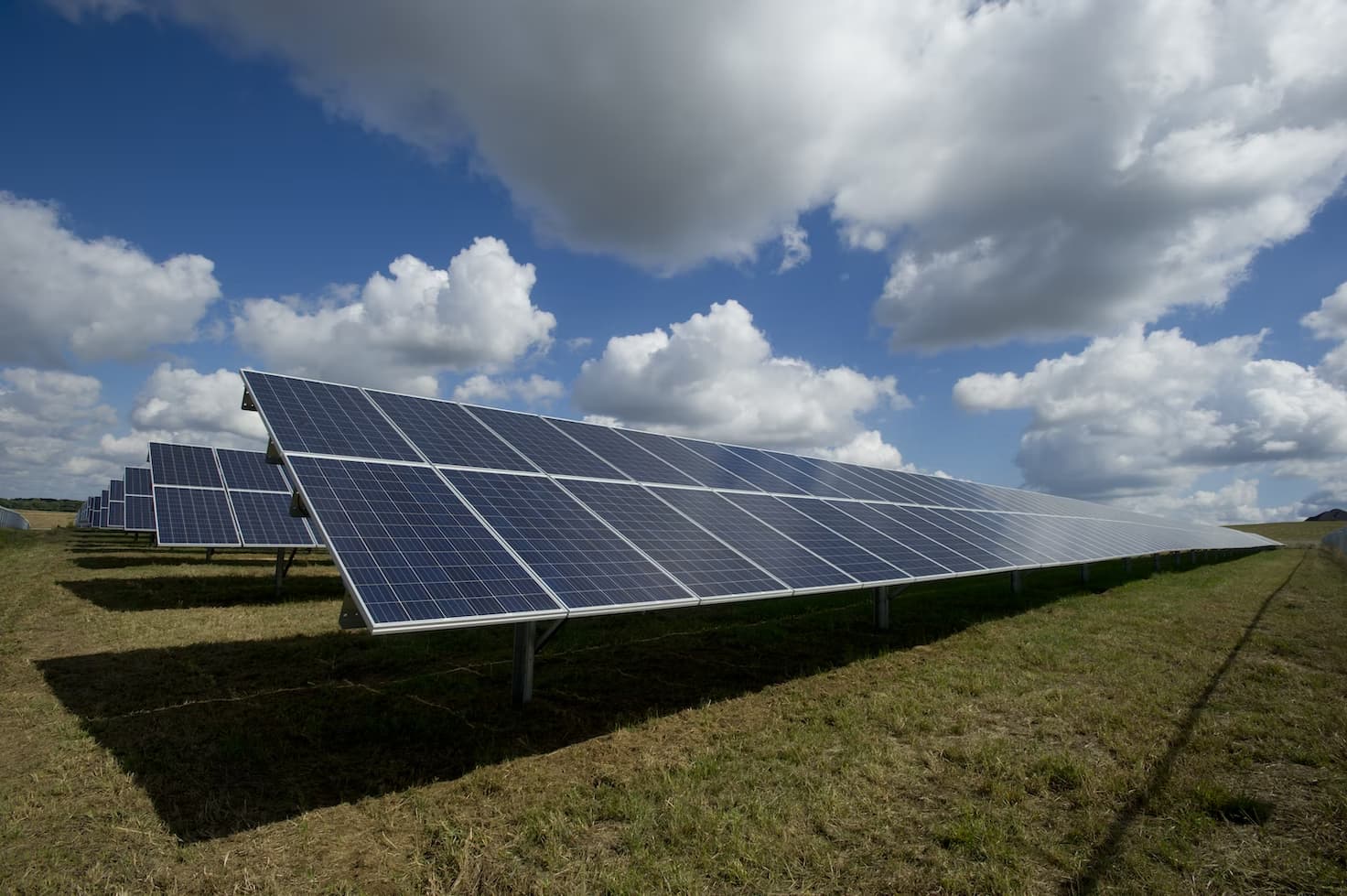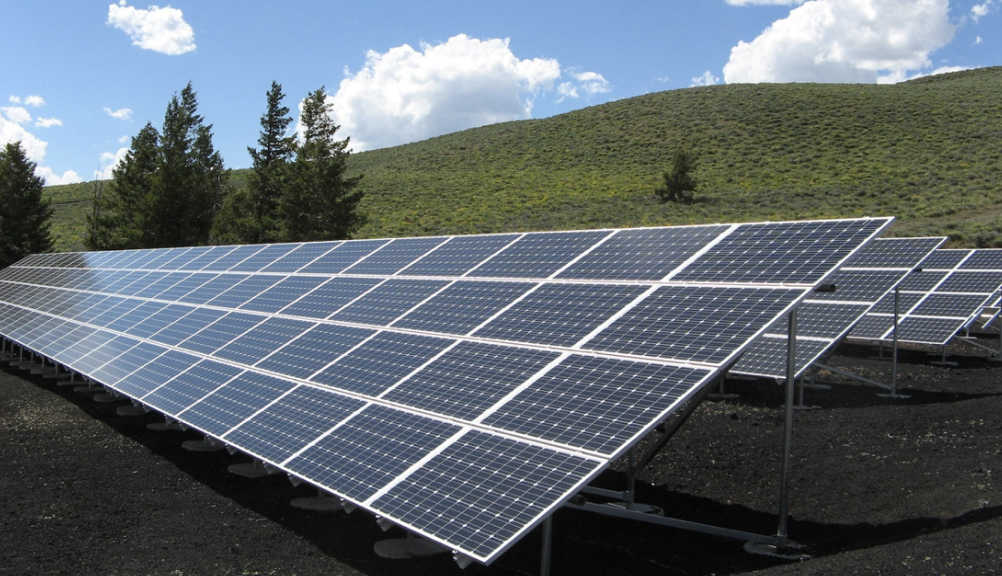When it comes to energy-efficient cooking, crockpots (CPs) have gained immense popularity. Their convenience and ability to prepare delicious meals with minimal effort are appealing to many. However, questions often arise about how much electricity these “slow cookers” truly consume and their impact on monthly utility bills. In this article, we will explore the electricity usage of CPs and examine their various sizes.
Are you curious about the actual electricity consumption of your CP? In this article, we’ll delve into the hidden costs associated with slow-cooking appliances and shed light on their true influence on your electricity bills.
Understanding Crockpot Electricity Usage
To understand how electricity is consumed when using CPs, it’s essential to know that their power rating determines the amount of energy they consume. The power rating varies depending on the model and size. Generally, smaller CPs have lower power ratings, while larger ones require more power.
Crockpot Sizes and Electricity Usage
Crockpots come in different sizes, each with its power range, which determines the amount of electricity they consume. Below is the information on various CP sizes and their corresponding power ratings:
| Crock Pot Size | Wattage Range |
|---|---|
| Small (1-2 quarts) | 70-120 watts |
| Medium (3-4 quarts) | 150-200 watts |
| Large (5-7 quarts) | 200-300 watts |
| Extra-Large (8+ quarts) | 300-400 watts |
Note that the provided power values are approximate and may vary depending on the specific brand and model of the CP. When choosing the right size, consider your cooking needs and the number of people you usually cook for. Smaller CPs may suffice for individuals or couples, while larger ones are more suitable for families or gatherings.
By knowing the power rating of your CP and using energy-saving tips, you can maximize its efficiency without excessive electricity consumption. Enjoy energy-efficient and flavorful dishes without compromising convenience!
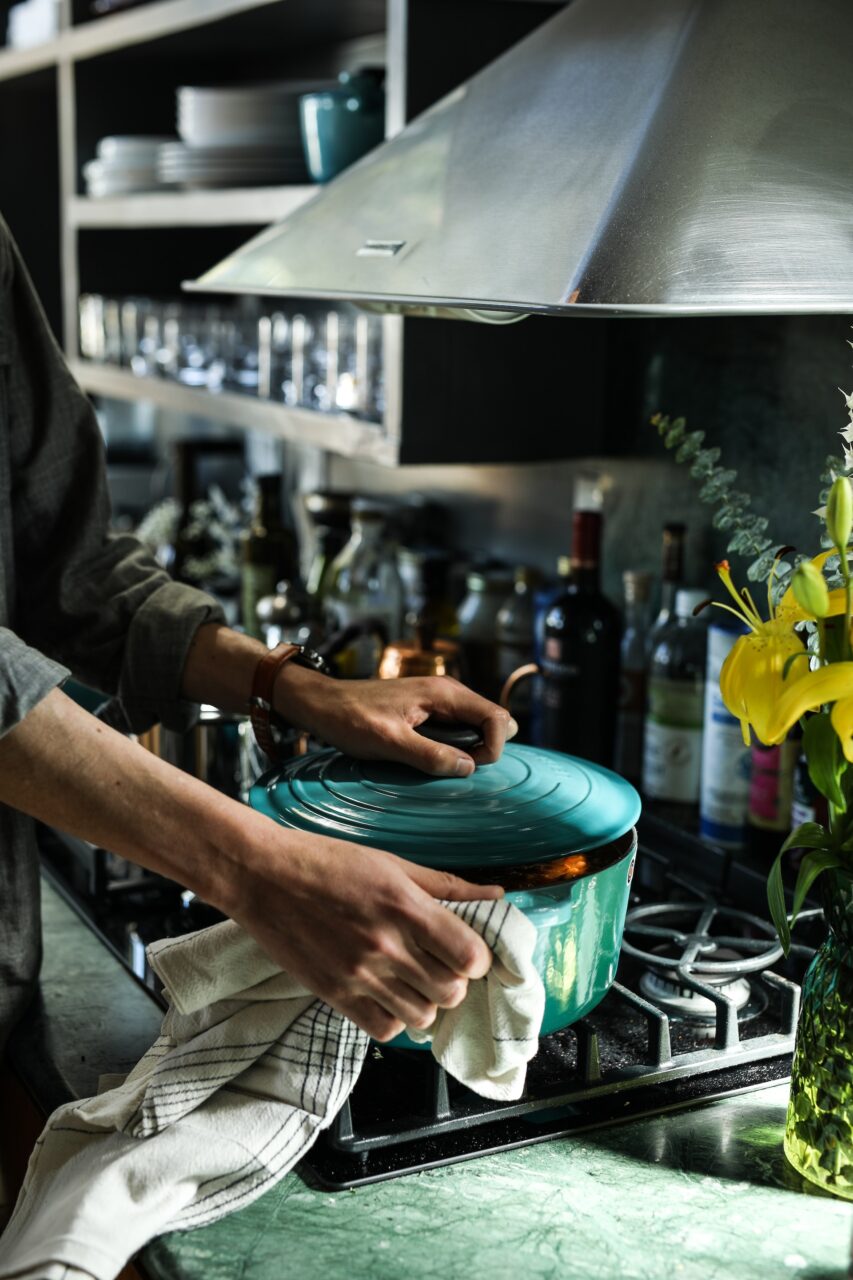
Tips to Reduce Electricity Usage
Although CPs are inherently more energy-efficient, you can implement several strategies to further reduce electricity consumption:
- Choose the right size: Select a CP size that matches your cooking needs to avoid excessive energy consumption when preparing smaller meals;
- Plan ahead: Cook larger batches of dishes at once to make the most of your CP’s capabilities and reduce overall electricity consumption;
- Use timers wisely: Set timers appropriately to avoid unnecessary electricity usage during prolonged food preparation;
- Thaw ingredients: Thaw frozen ingredients before adding them to the CP to shorten cooking time and save electricity;
- Maintain proper care: Keep your appliance clean and in good condition to ensure optimal performance and efficiency.
Crockpot Size Wattage Range
| Crockpot Size | Wattage Range |
|---|---|
| Small (1-2 quarts) | 70-120 watts |
| Medium (3-4 quarts) | 150-200 watts |
| Large (5-7 quarts) | 200-300 watts |
| Extra-Large (8+ quarts) | 300-400 watts |
These appliances come in various sizes and models, and their wattage can vary accordingly. Smaller CPs generally have lower wattage, while larger ones require more power.
Maximize the Power of Your CP
Despite being inherently more energy-efficient than traditional ovens and stoves, you can further optimize the power consumption of CPs by following some practical tips:
Choose the right size: Select a CP size that matches your cooking needs to avoid excessive energy consumption when preparing small meals.
- Plan smartly: Prepare larger batches of dishes to make the most of your CP’s power and reduce overall electricity consumption;
- Use timers: Set timers appropriately to ensure proper cooking time and minimize unnecessary electricity usage;
- Thaw ingredients: Thaw frozen ingredients before adding them to the CP to shorten cooking time and save electricity;
- Proper care: Maintain cleanliness and take good care of your CP to ensure optimal performance and energy efficiency.
By monitoring the wattage and practicing energy-saving techniques, you can relish delicious slow-cooked meals without worrying about excessive electricity usage.
Crock Pot Settings
Slow cookers, or CPs, typically come with various settings to cater to different needs and preferences. Understanding the available settings will help you make the most of your appliance’s efficiency and easily prepare flavorful dishes.
Here are some common settings found in CPs:
- Low temperature: The low setting is ideal for slow-cooking dishes over an extended period. It maintains a gentle heat that allows flavors to meld and ingredients to become tender. This setting is perfect for recipes that require long cooking times, such as stews, soups, and braised meats;
- High temperature: The high setting provides a higher level of heat for faster cooking. While the cooking time is reduced, the result remains flavorful. This setting works well for recipes that need to be prepared quickly without sacrificing taste;
- Warm setting: The “Keep Warm” mode is designed to maintain the temperature of finished dishes without additional cooking. After your dish is ready, you can switch it to the warm setting to keep it at its best until serving;
- Programmable settings: Many modern appliances come with programmable options, allowing you to set specific times and temperatures. This feature offers versatility and convenience, especially when you need a dish ready at a specific time;
- “Sauté/Browning” Function: Some slow cookers come with a sauté or browning function, allowing you to sear or brown ingredients before slow food preparation. This feature enhances the taste and texture of your dishes;
- Delayed Start: The delayed start function allows you to set a timer for when the cooking process should begin. You can pre-load the ingredients in the pot and program it to start cooking at a later time, which is especially convenient for those with busy schedules.
Be sure to refer to the user manual of your specific CP model to get a complete understanding of the available settings and their efficient use. Properly utilizing these settings allows you to adapt your CP to different recipes, delivering appetizing results with minimal effort. Whether it’s braised meat, tender roasts, or delightful desserts, CP settings can be your culinary ally in the kitchen.
Does A Slow Cooker Use A Lot Of Electricity?
One of the common concerns among users of slow cookers is whether they consume a significant amount of electricity. The good news is that, in general, slow cookers are designed with energy efficiency in mind, making them a practical choice for many households.
Compared to regular ovens and stoves, CPs consume significantly less electricity due to their lower wattage and longer cooking times at lower temperatures. The wattage of a slow cooker depends on its size: smaller models usually have lower wattage, while larger ones require more power.
Let’s take a closer look at why CPs are considered energy-efficient appliances:
- Low Wattage: Depending on the size and settings, Crock Pots typically operate at a wattage range of 70 to 400 Watts. Thanks to this low wattage, the appliance consumes less electricity compared to more powerful kitchen gadgets;
- Extended Time: CPs are designed for slow cooking, allowing dishes to simmer and tenderize over several hours. While this might seem like a drawback in terms of energy consumption, the long time at lower temperatures actually contributes to higher energy efficiency. The gradual process ensures consistent heat, requiring minimal energy expenditure for delicious results;
- Energy-Saving Features: Many CPs are equipped with programmable and adjustable settings, allowing you to customize time and temperature. These features further save energy by setting precise durations and temperatures according to your recipes;
- Efficient Heat Retention: The construction of slow cookers efficiently retains heat within the insulated pot. This enables consistent temperature maintenance, reducing the need for additional energy consumption.
Despite CPs being energy-efficient, the overall electricity consumption still accumulates throughout the process. However, their efficiency compared to other kitchen appliances remains evident.
To ensure optimal energy consumption, consider the following tips:
- Choose the right size: Select a Crock Pot size that suits your cooking needs to avoid wasting electricity when preparing small portions in a large appliance;
- Plan effectively: Whenever possible, prepare large batches of dishes, utilizing the full capacity of the Crock Pot and saving electricity in the process;
- Use timers wisely: Set the appropriate duration to avoid unnecessary energy consumption. Try not to leave the CP running longer than necessary;
- Thaw ingredients: Thaw frozen ingredients before adding them to the pot, as it reduces cooking time and, consequently, energy usage.
In conclusion, understanding the electricity consumption of a CP known is essential for making informed decisions about energy-efficient food preparation. With the right wattage and various settings, you can optimize its performance and prepare delicious and nutritious dishes.
CPs offer a convenient and energy-saving alternative to traditional methods, allowing flavors to develop over time and ingredients to become tender. Thanks to their low wattage and longer cooking times at lower temperatures, CPs prove to be more energy-efficient than conventional ovens and stoves.
By choosing the appropriate size of the Crock Pot according to your needs, pre-planning for making large batches of dishes, and making effective use of timers, you can further reduce electricity consumption and keep your bills under control. Utilizing energy-saving techniques, such as thawing ingredients before cooking and maintaining the Crock Pot in good condition, will ensure its optimal performance for years to come.
Whether you’re a busy professional, a family chef, or an enthusiast, the versatility and efficiency of a CP make it an indispensable kitchen companion. Embrace the art of slow cooking to savor appetizing dishes and reap the benefits of energy and cost savings.
Armed with newfound knowledge about Crock Pot electricity consumption and energy-saving tips, embark on a culinary journey filled with flavorful, nutrient-rich dishes that warm the heart and delight the taste buds, all while keeping energy consumption in mind. Happy slow cooking!



